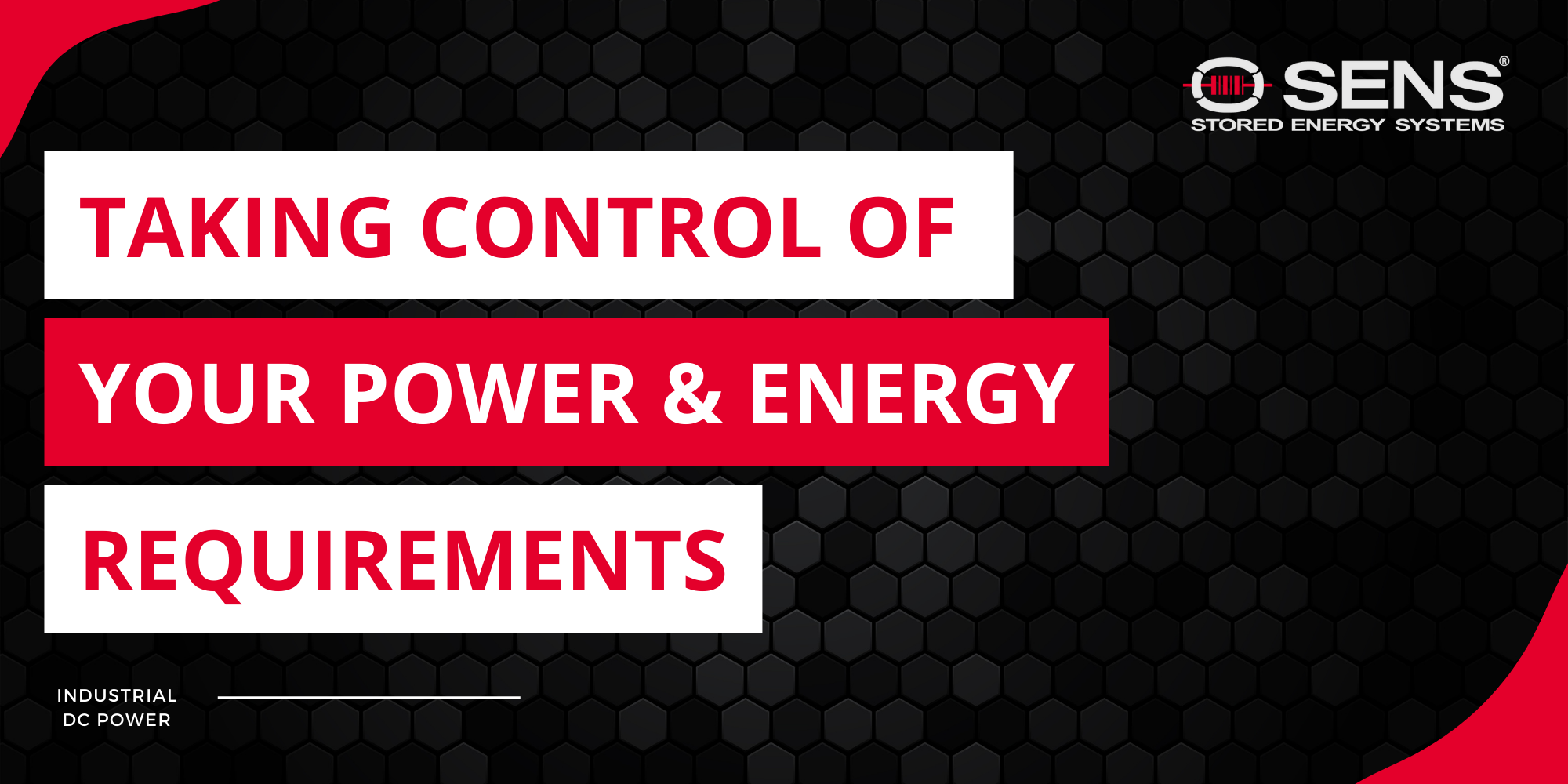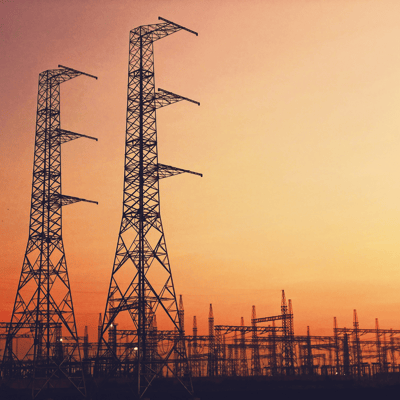

Businesses must start planning now to take control of their own electric power and energy needs. Those that do not are likely to suffer increasingly frequent power outages and out-of-control spikes in the cost of electric power. These risks are growing daily because yesterday’s highly reliable power grid featuring dispatchable fossil and nuclear generation is in the process of being dismantled and replaced with one featuring non-dispatchable generation. Ratepayers will pay dearly for these changes, both financially and because electric power reliability will degrade.
“Dispatchable” means grid operators can increase or decrease power generation to match load demands by, for example, changing the rate at which fuel is burned. In contrast, “non-dispatchable” generation such as wind or solar cannot be controlled. Grid operators are not able to match non-dispatchable generation to load demands. As with any supply and demand mismatch, two outcomes are typical in the electric power sector: pricing extremes and periods of no supply.
Background
Credible US government sources are promising that coal-fired generation, delivering around 25% of all US electric power today, will be fully retired in less than 100 months. US presidential envoy for climate, John Kerry went on the record at the recent COP26 Summit, saying that the “US won’t have coal plants by 2030.”
The United States GAO, in a March 2021 report proposes that hydroelectric generation (forecasted to stop working if reservoir levels continue dropping) be replaced with wind and solar generation. The problem with this plan is that hydroelectric generation is dispatchable, while wind and solar are not.
Both developments proposed to replace dispatchable generation with non-dispatchable generation. Neither plan deals with the enormous technical issue of how to ensure that electricity supply and demand match, which they must for the electric grid to remain stable and not collapse.
Meanwhile, the US government is subsidizing the adoption of unprecedented new loads on the electric power system. These include electric cars, e-aviation, electrified long-haul trucks, electrified school buses, the banning of natural gas-powered appliances and much more. As unprecedented loads are combined with dismantling of dispatchable generation we will watch what amounts to a slow-motion train wreck of the US power system.
It doesn’t take a clairvoyant to see what will happen when non-dispatchable generation replaces dispatchable sources. To reduce the risk of power system collapse, utilities are aggressively increasing demand and time-of-use (TOU) charges that incentivize customers to conserve when supply can’t meet demand. We can easily see from the news that our electricity rates are headed much higher: “Residential electricity prices in Germany are already 3 times the average cost in the United States owing to their rapid adoption and subsidization of renewable wind and solar energy.”
News reports show what happens to economies and energy consuming businesses when electric power supplies can’t meet demand. “Rising (electricity and energy) prices are fueling inflation and threatening to stall the economic recovery as energy-intensive industries from fertilizer to steel may need to curb output.” Fortunately for the Germans, coal plants were kept in reserve. What would happen in the US when the wind stops blowing if John Kerry’s promise about shuttering coal plants is achieved?
“The price surge shows the need to have backup power supplies for moments when the wind doesn’t blow and the sun doesn’t shine, said Mark Dickinson, chief executive of Inspired PLC, which advises companies on energy costs and climate change.”
Taking Control
How can businesses take control of their own electric power and energy needs? By building their own microgrids that can operate either connected to the public power grid, or isolated from it.
Microgrids typically include onsite renewable generation (e.g., PV or wind), behind-the-meter energy storage, and onsite fossil fueled generation. Under normal circumstances the organization’s microgrid is connected to the public grid, enabling the microgrid to make money by exporting excess energy to the grid during peak demand times. When the public grid fails the microgrid automatically disconnects from the public grid and continues powering the microgrid owner’s site almost indefinitely.
ROI calculations for microgrid power become more attractive every day for three reasons: 1) Costs for wind and PV continue to drop; 2) peak demand and TOU pricing for grid-supplied power promise to climb for the foreseeable future and 3) federal, state, and local subsidies appear likely to persist for some time.
Businesses considering implementing microgrids typically consult with financial and regulatory experts such as MuGrid Analytics that can be quite helpful in defining and cost-justifying microgrid projects.
Featured Articles
Data Centers: A Problem For The Grid Or An Opportunity?
Oct 27, 2025
How to Power Remote Oil & Gas Operations
Sep 15, 2025
